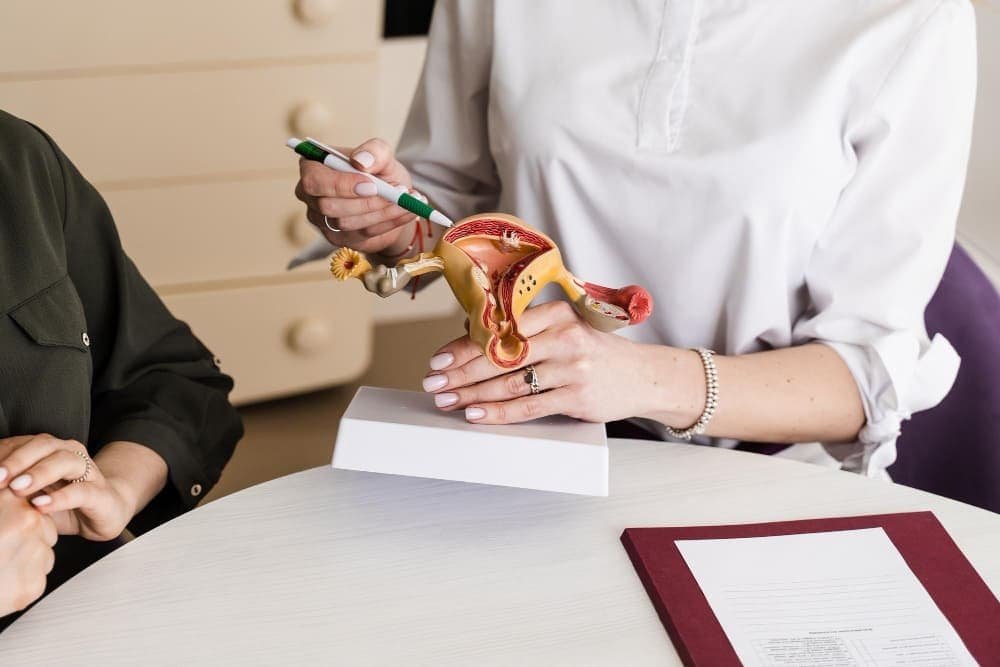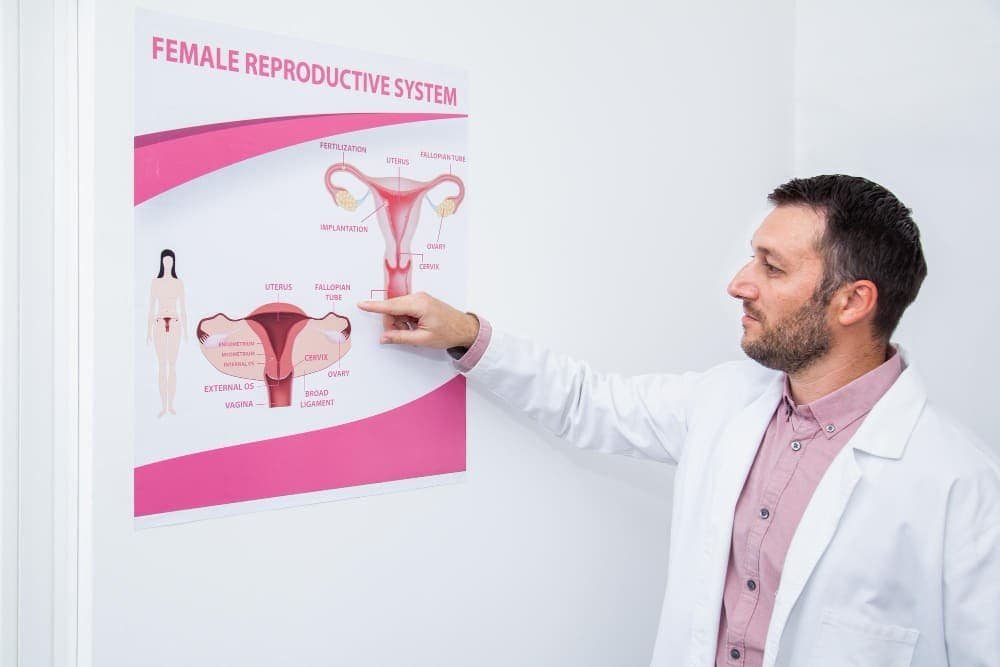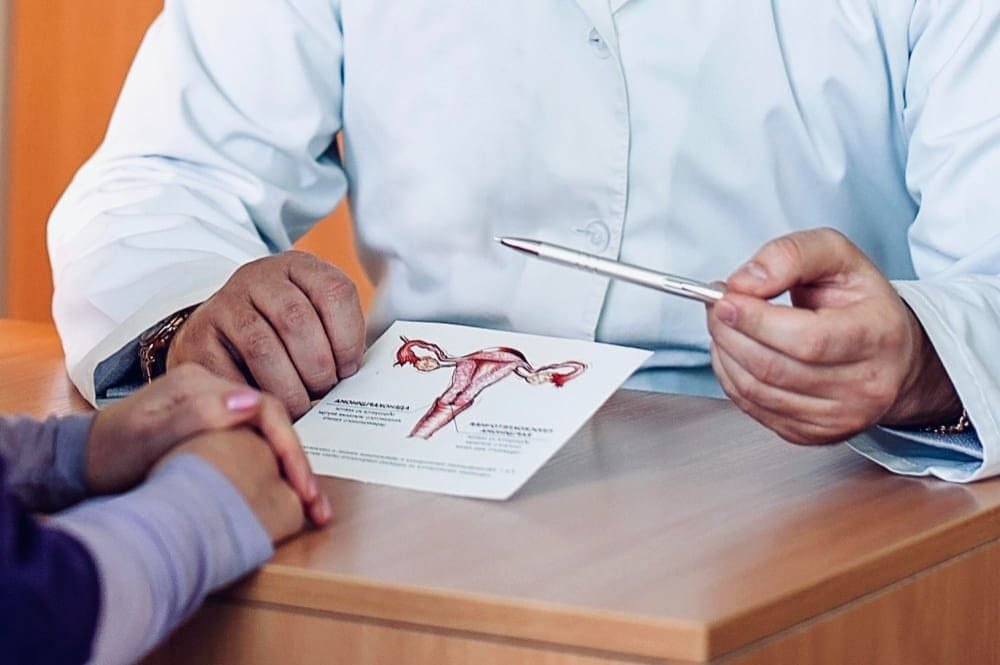Confused by medical terms for fibroid treatment? You’re not alone. Let’s get straight to the facts about what is the difference between UAE and UFE and find the clarity you need for your health journey. 💡

UAE vs. UFE: What’s the Real Difference in Fibroid Treatment?
When you begin to explore treatment options for uterine fibroids, you’ll quickly encounter a few key acronyms: UAE and UFE. At first glance, they can seem confusing. Are they different procedures? Is one better than the other? Let’s clear up the confusion. Understanding the difference between these terms is the first step toward choosing the best path for your fibroid relief.
Essentially, Uterine Artery Embolization (UAE) and Uterine Fibroid Embolization (UFE) refer to the same minimally invasive procedure. The key difference isn’t in the technique but in the application—what condition is being treated.
Think of it this way: “Uterine Artery Embolization” (UAE) is the broad, general name for the procedure. “Uterine Fibroid Embolization” (UFE) is a specific type of UAE performed for the sole purpose of treating uterine fibroids.
Diving Deeper: Understanding Uterine Artery Embolization (UAE)
Uterine Artery Embolization (UAE) is a general technique that involves blocking the blood supply to the uterus through its main arteries, the uterine arteries. This procedure isn’t just for fibroids. Interventional radiologists use this effective technique to treat a variety of conditions, including:
- Adenomyosis: A condition where the tissue that lines the uterus (endometrial tissue) grows into the muscular wall of the uterus. UAE is a pioneering treatment for adenomyosis, helping to soften the tissue and reduce symptoms.
- Emergency Bleeding: UAE can be a life-saving procedure to control severe post-partum or post-operative bleeding by embolizing the responsible arteries.
Because UAE is a broader term, it applies to any embolization of the uterine arteries, regardless of the reason.
Getting Specific: The Focus of Uterine Fibroid Embolization (UFE)
Uterine Fibroid Embolization (UFE) is the name given to the UAE procedure when it is performed specifically to treat fibroids. During UFE, the goal is to target and block the tiny blood vessels that supply blood to the fibroids.
By cutting off their blood supply, the fibroids are starved of oxygen and nutrients. This causes them to soften, shrink, and eventually die. The result for most women is significant relief from symptoms like heavy bleeding, pelvic pain, and pressure, without the need for major surgery. It’s a highly effective, minimally invasive procedure designed for fibroid relief.
So, what is the difference between UAE and UFE? 🤔
The main distinctions between the two names are focus and application:
- Scope: UAE is the broader term for the general technique of embolizing uterine arteries for any condition. UFE applies specifically to using that technique for treating uterine fibroids.
- Target: While the overall procedure is the same, UFE is precisely focused on the arteries feeding the fibroids, preserving the surrounding healthy uterine tissue. In contrast, UAE for emergency bleeding might involve blocking blood flow more broadly.
- Particles: Sometimes, the size of the tiny particles used for embolization may differ. For instance, the embolizing agents used to treat adenomyosis might be smaller than those used for fibroids.
Ultimately, whether your doctor calls it UAE or UFE for fibroid treatment, the procedure performed by interventional radiologists is the same highly effective, minimally invasive technique.
Why Choose a Minimally Invasive Procedure? The Benefits of UFE ✅
For women suffering from uterine fibroids, the thought of surgical treatments like hysterectomy (the complete removal of the uterus) or myomectomy (the surgical removal of fibroids) can be daunting. These are major operative procedures that often require general anesthesia and a long recovery.
UFE/UAE offers a powerful alternative with numerous benefits:
- Uterus-Preserving: Unlike a hysterectomy, this procedure preserves your uterus.
- Minimally Invasive: It requires only a tiny incision in your wrist or groin, so small it doesn’t need stitches.
- Quick Recovery: Patients typically go home the same day and can resume normal activities much faster than after a major surgery.
- Highly Effective: About nine out of ten women who undergo UFE experience significant symptom relief.
- Treats Multiple Fibroids: The procedure can treat all fibroids in the uterus at once, no matter their size or location.
What to Expect During the UFE Procedure: A Step-by-Step Look
If you and your doctor decide that UFE is the right treatment for you, it helps to be aware of what the procedure involves. It is performed by a highly skilled interventional radiologist.
- Preparation: You’ll be given a sedative to help you relax, but you’ll remain conscious. The access point, usually your wrist or groin, is numbed with a local anesthetic.
- Catheter Insertion: The radiologist makes a tiny incision and inserts a catheter (a tube as thin as a strand of spaghetti) into the artery.
- Guidance: Using specialized X-ray imaging, the doctor carefully guides the catheter through your blood vessels to the uterine arteries that supply the fibroids.
- Embolization: Tiny, sand-grain-sized particles are injected through the catheter. These particles flow into the vessels feeding the fibroids and block them, cutting off the blood supply.
- Completion: The process is repeated on the other side of the uterus (most women have two uterine arteries). The catheter is then removed. The whole procedure typically takes between 30 and 90 minutes.
Beyond Fibroids: The Power of Interventional Radiology 💡

The principles behind UFE—using advanced imaging to perform targeted, minimally invasive treatments—are at the heart of interventional radiology. This exciting field of medicine offers non-surgical solutions for a wide range of conditions. For women exploring their health options, from Dubai to Emirates City, it is crucial to learn about these modern treatments.
For example, the same embolization technique used to treat uterine fibroids is also used in a procedure called Prostatic Artery Embolization (PAE) to treat an enlarged prostate in men. Other techniques, like radiofrequency ablation, use heat to destroy tumors and offer another minimally invasive treatment option. If you are exploring your options, be sure to ask about all potential treatments.
Choosing the Best Path for Your Fibroid Relief
Understanding your health options is empowering. Now you know that when it comes to the non-surgical treatment of fibroids, UAE and UFE are essentially different names for the same effective procedure. This minimally invasive treatment can help you find relief from fibroid symptoms without the need for major surgery, offering a faster recovery and preserving your uterus.
If you are tired of living with fibroid symptoms, it’s time to explore your options. Read more on our website or schedule a consultation with an interventional radiologist to learn if Uterine Fibroid Embolization is the right choice for you. You deserve to find lasting relief. ✨

 العربية
العربية 

